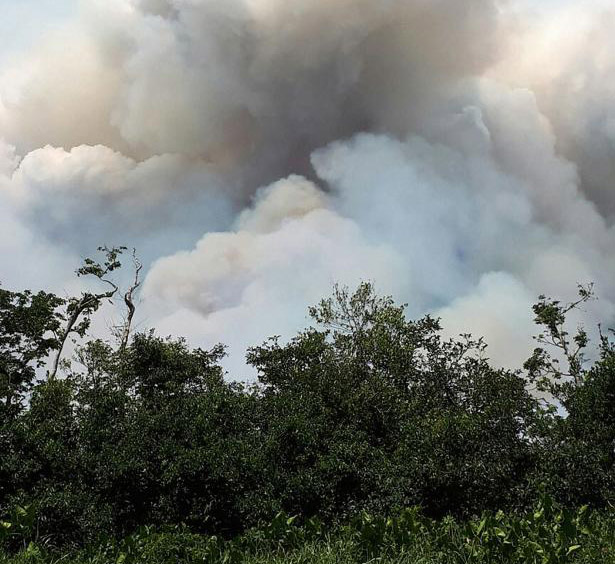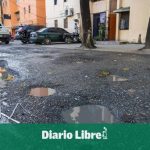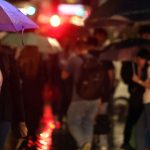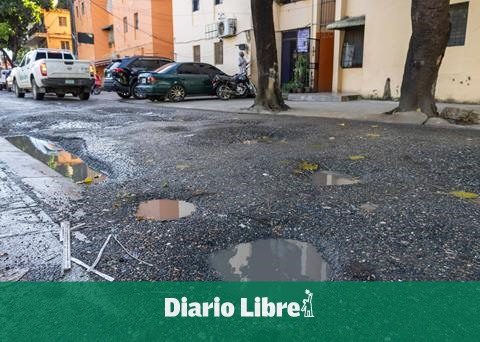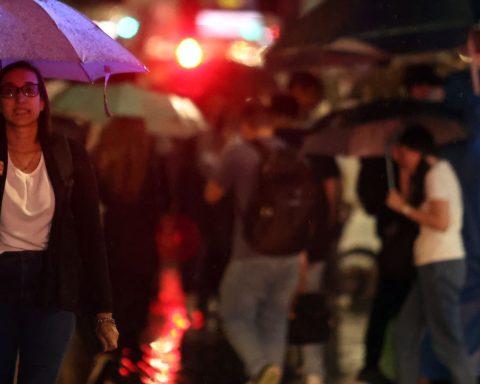In April 2022, the largest record of forest fires occurred in protected areas in Nicaragua, which were captured by satellite systems linked to programs of the National Aeronautics and Space Administration (NASA). These were mostly triggered by the growing invasion of settlers to protected territories, warns the River Foundation.
According to monitoring by this foundation, which lost its legal status in 2018 by order of the Ortega regimeIn January, the satellites identified 51 hot spots; in February 292 more; in March 648; and in the first 22 days of April, 909 were registered, for a total of 1,900 in the first four months of the year. This figure represents 55% more than those identified in the same period of 2021.
“What we have identified is that the origin of the fires, especially in the protected areas of the Caribbean, are associated with the burning of settlers who invade. That is the main cause, not the only one. In the case of the Pacific and Center of the country, hot spots are associated with the looting and illegal hunting of biodiversity”, explains the director of this organization, Amaru Ruiz, from exile.
Likewise, the report reveals that these forest fires were registered in 34 protected areas, 13 of these are in the Pacific, another 13 in the Caribbean and eight in the central region. “47% of the country’s protected areas have forest fires, this is a significant percentage of areas that have a legal protection framework,” says Ruiz.
Indio Maíz continues to be affected by fires
The areas with the greatest impact due to forest fires in Nicaragua are the Cosigüina Volcano Nature Reserve—located in the Pacific—, the Indio Maíz Biological Reserve, the Bosawas Biosphere Reserve, the Cerro Wawasha Nature Reserve and the Cerro Silva Nature Reserve, located in the Caribbean region of the country.
“In the particular case of the Indio Maíz Biological Reserve, we have identified 119 fires in April that are caused by settlers who arrive in those territories and invade and the first thing they do is change the use of the land, which in some cases becomes in forest fires that get out of control and become large fires like the one that occurred in April 2018,” warns the defender.
In the case of the fires produced in the Pacific and Central regions, they are associated with looting and illegal hunting of biodiversity that increases in the summer, such as the hunting of garrobos. Unlike the Caribbean, in these regions there are fewer fires due to agricultural burning.
Regime ensures fire control
This year the regime presented an inter-institutional plan for the control of forest fires in which it is detailed that in recent years there has been a reduction in forest and agricultural fires in the country. However, the Fundación del Río denounces that the authorities ignore a large part of the burning alerts.
“They do not attend to all the fire and agricultural burning alerts generated by the satellites, due to the lack of capacity, financial resources and conditions far from where these incidents take place,” they point out.
According to the Ortega government, in 2020 there were 206 forest fires and agricultural burnings and in 2021 it dropped to 70. However, the Fundación del Río identified, via satellite, 4,810 hot spots or burnings in 2020, and 1,759 in 2021, 25 times more. than those officially admitted.
Likewise, they denounce that despite the fact that this plan includes several government institutions such as the Nicaraguan Army, the Departmental Commissions for Disaster Prevention (Codepred) and the Municipal Commissions for Disaster Prevention (Comupred), of these only the Army has provided reports on actions taken to put out forest or agricultural fires.
“That means that the actions of the State institutions regarding the agricultural burns and the forest fires in Nicaragua are deficient,” Ruíz pointed out.
